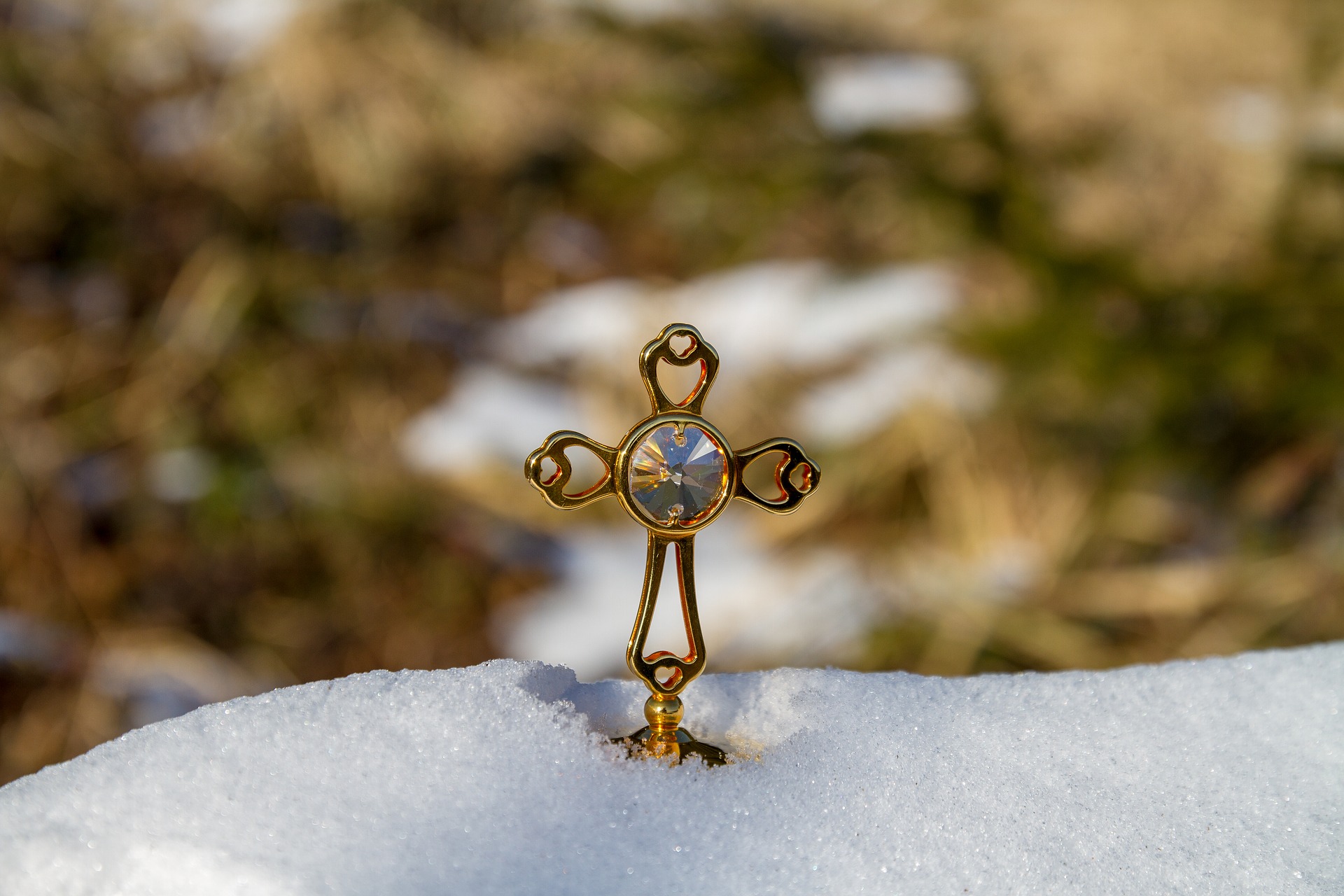About H. W. Longfellow:
Born in 1807 in Maine, Henry Wadsworth Longfellow was one of the most important poets of his time. He was well widely known and well-loved. His most notable works are ‘Evangeline’, ‘The Song of Hiawatha’ and ‘Paul Revere’s Ride’. Apart from this, he was also well known for his translation of Dante Alighieri’s Divine Comedy. He was married twice but sadly, was widowed by both. Longfellow was versatile in his poetry. Though most of his poems were lyrical, he also experimented with many other forms including free verse and hexameter. He was part of a popular poet group known as the ‘Fireside Poets’. He died in 1882 after suffering from a long bout of peritonitis.
About ‘The Wreck of Hesperus’:
The poem was first published in the ‘Ballads and Other Poems’ in 1842. It speaks of the tragic events which stem from a skipper’s pride. Fact and fiction are combined to produce this poem. It combines two events: an actual shipwreck at Norman’s woe and the real wreck of Hesperus near Boston. The gale in the poem was inspired from the great Blizzard of 1839 in US.
Setting of The Wreck of Hesperus:
The poem is set on the high seas and in rough weather. The place where the ship starts is not mentioned but the place it wrecks is the Norman’s Woe, a rock reef on Cape Ann in Massachusetts.
Poetic Devices in The Wreck of Hesperus:
Stanza:
The poem is written in stanzas of 4 lines each.
Imagery:
The poem is a ballad full of imagery. Imagery is found in almost all of the stanzas. Imagery is used at its highest in the stanzas after the skipper’s death.
Rhyme:
The rhyme scheme of the stanzas is ABCB. The second and fourth lines’ end words rhyme with each other.
Foreshadowing:
Death is foreshadowed when the skipper in his pride and arrogance turns the ship away from the coast and into the rough open seas.
Repetition:
‘Oh say, what may it be?’ This sentence is repeated each time the daughter asked her father a question.
Similes:
There are some similes in the poem. For example, ‘a whopping billow swept the crew/ Like icicles from her deck’ and ‘But the cruel rocks, they gored her side/ Like the horns of an qangry bull’.
Summary of The Wreck of Hesperus:
The skipper of the schooner Hesperus takes his daughter on one of its voyages to keep him company. She was a fair and beautiful lady. The skipper was standing on the helm smoking pipe when an old sailor comes up to him and tells him to dock the boat in a port, for he fears a hurricane coming. The skipper did not heed the old sailor’s words.
The wind grew colder and blew louder. Snow began to fall. And down came the storm just as the old man foretold. The ship was lashed by the storm and lost its strength. The skipper hurriedly calls his daughter and tells her not to fear; he had braved worse storms. He wrapped her in his coat and tied her to a mast.
The girl calls for her father saying that she hears church bells and asking the meaning of them. The father replies. The girl calls again asking what was the sound of guns she was hearing. The father replies. The girl sees a light and asks the father what it might be. This time there is no reply. The father dies from the cold.
The girl prays that she might be saved. But it wasn’t to be. The vessel was swept to the Norman’s woe. The storm got her too and she died, hit by wind, surf, waves and rocks.
At daybreak, a fisherman finds her cold, ice body, still tied to the mast. Such is the wreck of the Hesperus, says the poet.
Analysis of The Wreck of Hesperus:
The schooner Hesperus was going to sail the sea in winter. The skipper of the ship took his daughter to keep him company. We can see the rhyme scheme in the first stanza, ABAB. The next stanza describes the daughter using some pretty vivid imagery. Her eyes are said to be blue, her cheeks a glorious red and her bosom white as Hawthorne buds. Hawthorne is a member of the rose family. The poet uses archaic form of open here in the last line of stanza 2, ope.
The skipper stood on the helm and was smoking his pipe. We can see that the voyage wasn’t going to be a smooth one by the flow of the winds, told by how the smoke moves sometimes West and sometimes South. Then comes an old sailor who had sailed the Spanish Main. Spanish Main consists of the main coastal possessions surrounding the Carribean Sea and the Gulf of Mexico. From this we can see that the old sailor was pretty experienced. He tells the skipper to dock the port into a port for he fears a hurricane coming.
He says how the moon had a golden ring the previous night and tonight, they could not see the moon; indications, according to the old sailor, that a storm was brewing. But the skipper just laughed at the old man scornfully. The skipper might have laughed because of the old man’s age or because of his own arrogance by which he believes he can best any storm. The wind started to grow colder and started to blow harder. It was a gale now, from the Northeast. The indication that this wind was coming is seen in the direction the smoke blew from the skipper’s pipe previously i.e., south and west. Thus, there was a foreshadowing of this gale in the previous stanzas. The snow fell in the sea (brine here means sea) and billows (undulating mass of fog or steam) frothed.
And as foretold by the old man, the storm came down. It hit the vessel continuously, robbing it of its strength. It is said to have shuddered and paused and leaped; all signs of personification. The skipper is now afraid. He calls to his daughter hurriedly and tells her not to fear as he can brave the roughest gale. He is trying to comfort his daughter.
He wrapped her in a coat to protect her against the cold and stinging blast. Then he bound her to the mast. Then comes a series of questions and answers. The girl hears church bells and the father says it is a bell which is rung on a coast in case fog descends.
Now after saying this, the skipper turns to the open seas. The meaning of this action is unclear. He might have done it either in his arrogance that he could indeed best the weather or he might have done it because he could determine the direction from which the bell was being rung due to obvious reasons. Either way, he steered away from their one chance of docking safely.
Then the daughter hears guns firing. The father says it is from a ship in distress, a ship which could not weather the storm. From this, it is confirmed that the skipper was indeed arrogant. The girl then sees a light, gleaming. It was probably a lighthouse projecting revolving light which comes off as gleaming to her. She asks her father what it was but there was no further reply. The father, the skipper of the ship died.
He tied himself to the helm before death overtook him. The words ‘stiff’ and ‘fixed’ further ho to show that he was dead. His daughter, realising this, prayed to the Lord to save her. There is more imagery in the next stanza which describes the ship’s approach to the Norman’s Woe reef. The poet fills up the following stanzas with imagery too, describing the ship wreck and the manner in which the daughter met her death. There is some more imagery in describing her dead body, which a fisherman sees at daybreak.
The whole poem is a mass of imagery. The poem ends with a stanza saying that such was the wreck of Hesperus on Norman’s Woe reef.
Central Idea of The Wreck of Hesperus:
The central idea of the poem is to showcase the tragedy of the Hesperus, but it is also to tell the consequences which humans invite upon themselves in their arrogance. The skipper, the father to the daughter, could have saved himself, his daughter, his crew and his ship by docking the ship at the multiple chances he gets at first. But he doesn’t in his arrogance and pride. And thus, he invites gory death upon both himself and his daughter.
Tone of The Wreck of Hesperus:
The poem starts with a normal tone but becomes sad, gloomy and depressing towards the end.
Conclusion
H W Longfellow writes through ‘The Wreck of Hesperus’, a ballad full of imagery and tells of the consequences of human pride and arrogance.
Contributor: Uttej Reddy
Some online learning platforms provide certifications, while others are designed to simply grow your skills in your personal and professional life. Including Masterclass and Coursera, here are our recommendations for the best online learning platforms you can sign up for today.
The 7 Best Online Learning Platforms of 2022
- Best Overall: Coursera
- Best for Niche Topics: Udemy
- Best for Creative Fields: Skillshare
- Best for Celebrity Lessons: MasterClass
- Best for STEM: EdX
- Best for Career Building: Udacity
- Best for Data Learning: Pluralsight














